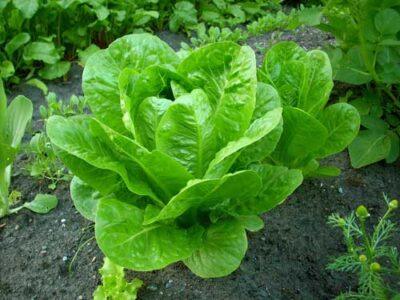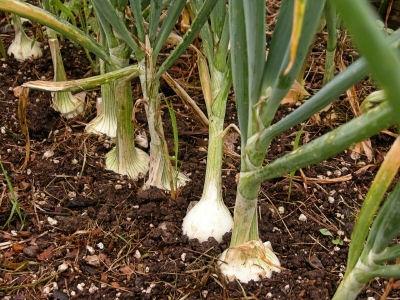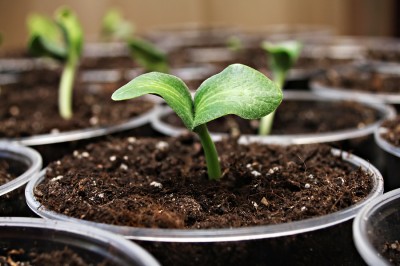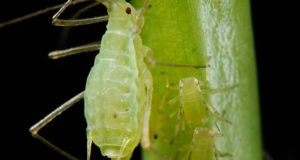If you happen to live in one of the cooler growing zones, you know that you have to make the most of the growing season while you can. Getting seeds started indoors is one way to ensure that certain vegetables get established and have plenty of time in your garden to give you a good harvest.
Here are a few plants that you should be starting now:
1. Tomatoes
Tomatoes are a garden favorite. Who doesn’t love fresh salad or tomato sauce straight from the backyard vegetable garden? They are also a vegetable — well, technically a fruit — that does very well when started indoors.
Generally speaking, this is a plant that should be started six to eight weeks prior to the last frost date in your area. Seeds can be planted about ¼ inch deep in planting trays. Using a strong florescent (or grow) bulb is recommended once the seedlings begin to sprout, but even a sunny window can be enough to help your plants thrive – just make sure you don’t let them dry out.
Order your 2015 Heirloom Solutions seed catalog and get $20 in your account!
Once the temperature is consistently more than 55 degrees Fahrenheit, seedlings should be hardened off before transplanting. This means putting them outside for a few hours each day to allow them to acclimate to the outdoors.
2. Celery
Celery is a cool season vegetable with a fairly long germination time (about three weeks before you start to see the first little sprouts peeking above the soil). By starting this vegetable now, it will give you mature plants early in the growing season, and through succession planting you can enjoy a larger harvest.
Start the seeds indoors using seedling trays and a starting mix that provides good drainage. Keep them in a warm, well-lit room and transplant them once they are at least six-inches tall and the temperature is consistently above 55 degrees Fahrenheit.
3. Peppers
Like tomatoes, peppers take some time to get established and will need plenty of light once they start to sprout. In general, bell peppers seem to be a little more temperamental than hot peppers, and the seeds can benefit from a good soaking before planting in a starter tray or shallow container.
4. Lettuce and salad greens

Image source: Fairfoodweek.org.au
Different varieties of lettuce can be grown either from seeds or from the roots leftover at the end of the head. If you’re going the seed route, simply plant them in soil; keep them watered as usual. If you’re planting the root, massage it a bit before immersing it in the soil. While these are typically fast-growing plants which may easily be started outdoors, having your first crop start indoors will give you an extra harvest or two. Transplant them to your garden as soon as the soil can be worked, and plant succession crops every few weeks.
5. Broccoli and cauliflower
Part of the brassica family, these vegetables are loaded with nutrients and are a great choice for gardeners. Both the florets and the giant leaves of these plants are edible.
Although these are cool weather crops, it is still of benefit to plant broccoli and cauliflower indoors approximately six to nine weeks before the last frost date in your area. Sow the seeds in individual starter pots and keep them in a cool and sunny area in slightly moist soil.
Get Delicious, Nutrient-Dense Heirloom Seeds Here!
If you’re using grow lights, keep the lights just a few inches above your seedlings so that they don’t stretch for the light and become leggy.
6. Onions and leeks

Image source: sparkpeople.com
Onions and leeks can be planted from either bulbs or seeds. Bulbs can be sown directly outdoors in early spring; however if you’re going to plant seeds, starting them indoors in February or March is advisable. The main advantage of choosing seeds over bulbs is that you’ll generally have a larger selection of varieties from which to choose.
Keep your starter trays in a consistently warm place (such as the top of a refrigerator) until they sprout before putting them under lights or in a sunny spot.
7. Eggplant
Eggplants can add a touch of dramatic flair (not to mention a delicious harvest) to any garden, but for most growing zones in North America, starting them indoors is an absolute must. This heat-loving plant does best when night temperatures stay around 70 degrees Fahrenheit.
Plant your seeds approximately four to six weeks before the last frost date about a ¼ deep in potting soil in starting trays. You’ll want to keep them in a very warm (80-90 degrees) and humid environment.
8. Cabbage
Cabbages should be planted indoors approximately five to eight weeks before the last frost. They require porous potting soil, and plenty of sunlight. Place a layer of stones or sand at the bottom of the pot for drainage, and then fill it with the soil. Plant the cabbage seeds in small clusters and keep watering them regularly.
Waiting for spring to arrive can be difficult for the home gardener. Most of us are already chomping at the bit to go outside and play in the dirt. Fortunately, we don’t have to wait until the snow and cold weather go away to get started on our planting.
Select a few of these delicious vegetables and get a head start on the growing season today.
What veggies do you start inside that are missing from the list? Share your tips in the section below:
 Off The Grid News Better Ideas For Off The Grid Living
Off The Grid News Better Ideas For Off The Grid Living





